
The 1912–13 United States Senate elections were held on various dates in various states. They were the last U.S. Senate elections before the ratification of the Seventeenth Amendment in 1913, establishing direct elections for all Senate seats. Senators had been primarily chosen by state legislatures. Senators were elected over a wide range of time throughout 1912 and 1913, and a seat may have been filled months late or remained vacant due to legislative deadlock. Some states elected their senators directly even before passage of Seventeenth Amendment. Oregon pioneered direct election and experimented with different measures over several years until it succeeded in 1907. Soon after, Nebraska followed suit and laid the foundation for other states to adopt measures reflecting the people's will. By 1912, as many as 29 states elected senators either as nominees of their party's primary or in conjunction with a general election.
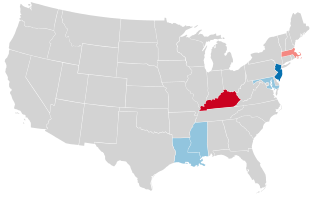
United States gubernatorial elections were held in 1919, in six states. Kentucky, Louisiana, Maryland and Mississippi held their gubernatorial elections in odd numbered years, every 4 years, preceding the United States presidential election year. New Jersey at this time held gubernatorial elections every 3 years, which it would abandon in 1949. This was the last time Massachusetts elected its governors to a single-year term, switching to two years from the 1920 election.

United States gubernatorial elections were held in 1912, in 33 states, concurrent with the House, Senate elections and presidential election, on November 5, 1912. In addition, there was a special election in Georgia on January 10, 1912.

United States gubernatorial elections were held in 1907, in eight states.

United States gubernatorial elections were held on November 5, 1901, in six states.

United States gubernatorial elections were held in 1903, in eight states.
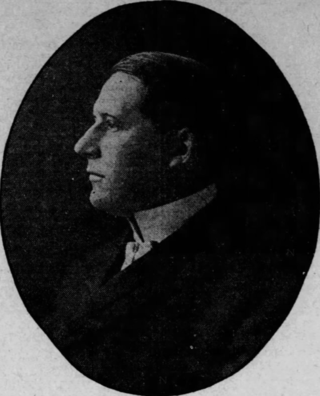
The 1911 Maryland gubernatorial election took place on November 7, 1911.

The 1801 Rhode Island gubernatorial election was an uncontested election held on April 1, 1801 to elect the Governor of Rhode Island. Arthur Fenner, the incumbent Governor, was the sole candidate and so won with 100% of the vote.

United States gubernatorial elections were held in 1899, in seven states.
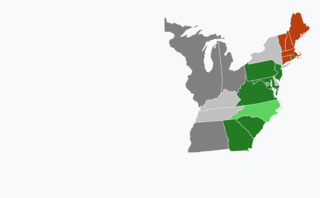
United States gubernatorial elections were held in 1802, in 12 states, concurrent with the House and Senate elections.
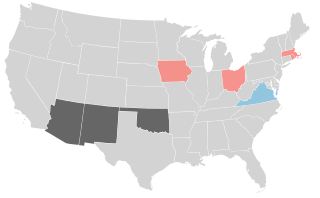
United States gubernatorial elections were held in 1897, in five states.
United States gubernatorial elections were held in 1887, in six states.

United States gubernatorial elections were held in 1893, in five states.

United States gubernatorial elections were held in 1895, in nine states.

United States gubernatorial elections were held in 1894, in 28 states, concurrent with the House and Senate elections, on November 6, 1894.

United States gubernatorial elections were held in 1891, in seven states.
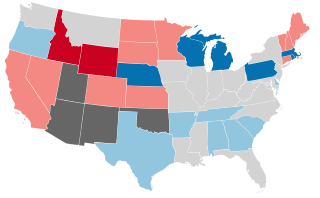
United States gubernatorial elections were held in 1890, in 27 states, concurrent with the House and Senate elections, on November 4, 1890.

United States gubernatorial elections were held in 1889, in eleven states.
United States gubernatorial elections were held on Tuesday November 6, in 26 states, concurrent with the House, Senate elections and presidential election, on November 6, 1888.
United States gubernatorial elections were held in 1885, in seven states.

















